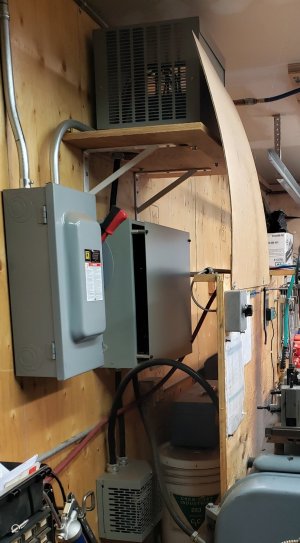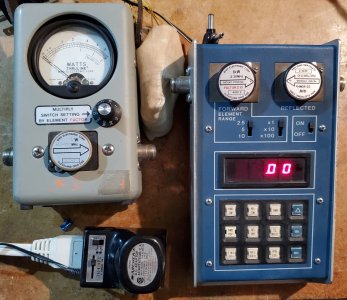It takes an entire book to explain the details. The electrical noise may come frome one driver but is magnetically coupled and electrically induced into the other lines.
Winding the inductors on the same core reduces the interference.
Search common mode interference
Winding the inductors on the same core reduces the interference.
Search common mode interference






